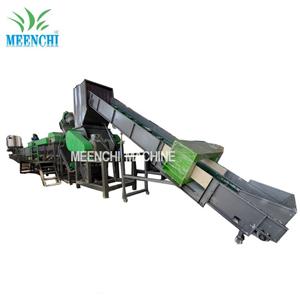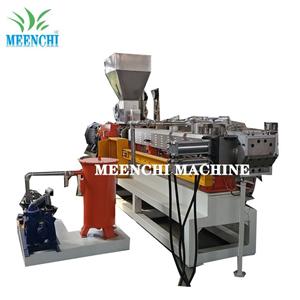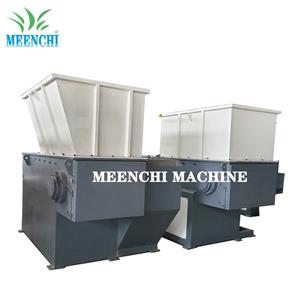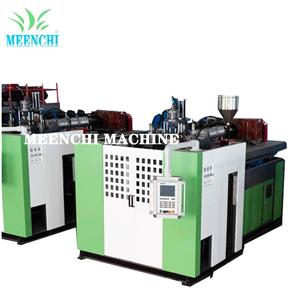How does plastic recycling machine work?
The Plastic Recycling Process
Plastic recycling involves several key steps:
1、Collection and Sorting: Plastic waste is gathered from various sources and sorted by material type to ensure compatibility.
2、Shredding: Large plastic items are shredded into smaller, uniform pieces for easier processing.
3、Cleaning: The shredded plastic is washed to remove contaminants like dirt, labels, and adhesives.
4、Drying: The washed plastic is dried to remove moisture.
5、Melting and Pelletizing: The dry plastic is melted and formed into small pellets, the building blocks for new plastic products.
6、Molding: The plastic pellets are used in molding processes to create a wide range of new products.
The Role of Plastic Recycling Equipment
Efficient plastic recycling relies on specialized machinery:
·Plastic Shredders: These machines break down large plastic items into smaller, manageable pieces. Shredding ensures that the material is uniform and easier to process in the next stages.
·Plastic Washing Machines: These remove contaminants from the shredded plastic, ensuring that the material is clean and ready for reuse.
·Plastic Pelletizers: These machines melt the clean, shredded plastic and form it into pellets that are used in the production of new plastic products.
Investing in high-performance plastic recycling equipment for sale helps businesses increase their efficiency and minimize waste, which is essential for a sustainable recycling operation.
Investing in Plastic Recycling Machines
Investing in plastic recycling machines offers numerous benefits:
·Reduced Costs: By reusing plastic materials, businesses can lower production costs and reduce the need for raw materials.
·Environmental Impact: Recycling plastic helps reduce plastic waste and lowers the carbon footprint, contributing to more sustainable practices.
·Market Demand: With the growing demand for sustainable products, investing in plastic recycling technology ensures that businesses can meet consumer and regulatory expectations for environmentally friendly practices.
Key Considerations for Purchasing Plastic Recycling Machines
When considering purchasing a plastic recycling machine, several factors should be taken into account to ensure that the investment is worthwhile:
·Machine Size and Capacity: Larger machines handle higher volumes, making them suitable for larger operations. It's important to choose a machine that aligns with your processing needs.
·Technology and Features: Advanced features, such as automation and energy-efficient designs, can improve efficiency and reduce operating costs over time.
·Brand and Quality: Investing in reputable brands with a track record of reliability ensures that the machines will last longer and require fewer repairs.
·Plastic Recycling Machine Price: The plastic recycling machine price varies based on the machine's size, features, and capacity. Evaluating the initial cost against long-term savings in terms of energy and material costs will help determine the best option for your business.
Conclusion
Plastic recycling machines play a vital role in transforming waste into valuable resources, helping businesses contribute to a cleaner environment. By understanding the recycling process and investing in efficient equipment, such as plastic recycling equipment for sale, businesses can enhance their operations while supporting sustainability. When evaluating the plastic recycling machine price, it is important to balance initial investment with long-term benefits, including cost savings and improved environmental impact.
Through proper machinery and a commitment to recycling, industries can play a significant role in reducing plastic waste and supporting a more sustainable future.




